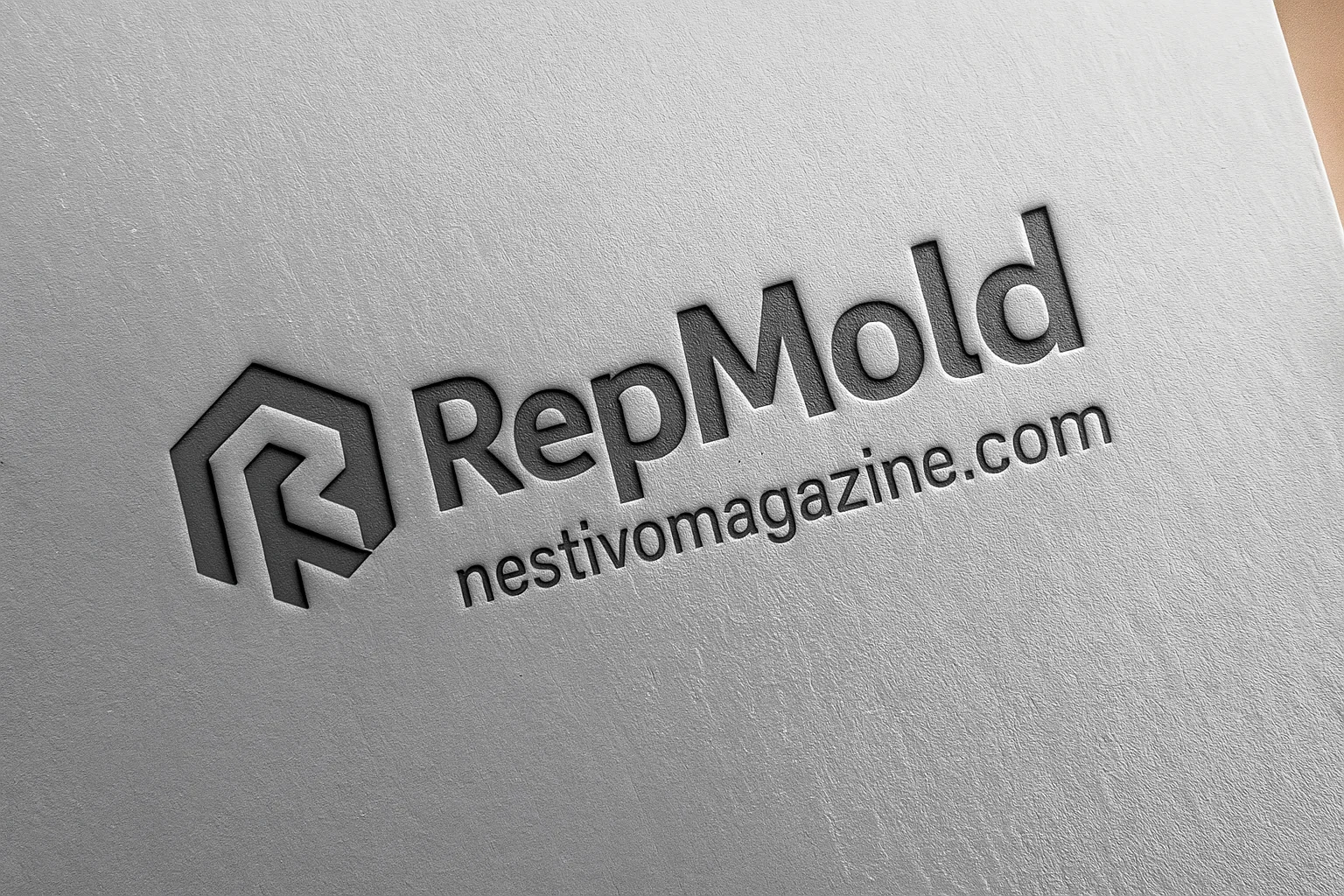Introduction to RepMold and Modern Manufacturing
Manufacturing is changing fast. Today, RepMold stands at the forefront of this transformation. It combines advanced molding methods, digital manufacturing processes, and automation technology. The result is faster, cleaner, and more precise production.
From small-scale projects to large industrial applications, RepMold is becoming a key tool in the shift toward smart manufacturing. With Industry 4.0 innovations, companies can now integrate AI-driven production with eco-friendly practices for better efficiency and sustainability.
What is RepMold and Why It Matters
RepMold is a mold-making system that uses CAD design, automation, and precision manufacturing. It is a vital tool for industries aiming to produce high-quality parts with minimal waste.
It supports rapid prototyping and adaptive molding, allowing manufacturers to respond to changes faster. This adaptability makes RepMold crucial for reducing lead times and improving overall production efficiency.
The Evolution of Manufacturing with RepMold
Manufacturing has moved beyond traditional methods. With digital manufacturing processes and advanced manufacturing technologies, RepMold brings precision and speed to production.
Automation technology integrated with computer-aided manufacturing (CAM) makes the process smarter. This evolution is central to Industry 4.0 innovations, which focus on connectivity, automation, and eco-friendly materials.
Core Benefits of RepMold Technology
RepMold offers many advantages for manufacturers. Here are some of the core benefits:
- Precision manufacturing ensures every part meets exact specifications.
- Rapid prototyping shortens design cycles.
- Production scalability helps manufacturers adapt to demand.
- Material waste reduction supports sustainability goals.
- High-quality parts meet industry standards in sectors like automotive, aerospace, and medical devices.
These advantages make RepMold essential for modern production workflows.
Applications of RepMold in Industry
RepMold has wide-ranging applications across different sectors.
Automotive Components Molding
The automotive industry uses RepMold for precision manufacturing of components. It improves tooling cycles and reduces production time.
Aerospace Tooling Solutions
Aerospace demands high precision and quality. RepMold provides flexible molds and adaptive molding to meet these needs efficiently.
H3: Medical Device Molds
Medical manufacturing benefits from RepMold’s accuracy. It enables custom rapid prototyping for specialized medical devices while ensuring compliance with safety standards.
How RepMold Enhances Product Development
With CAD design and automation technology, RepMold simplifies prototyping and product development. Designers can quickly test concepts, refine designs, and launch products faster.
This process reduces development time and costs. It allows companies to respond to market needs without delays while ensuring high quality.
Sustainable Manufacturing and RepMold
Sustainability is a major focus in modern production. RepMold uses eco-friendly materials and promotes environmental impact reduction.
By integrating green manufacturing and low-emission production, RepMold reduces waste and energy use. Recycling and reuse of materials further strengthen its sustainability profile.
Table: Sustainability Benefits of RepMold
| Benefit | Description |
|---|---|
| Material waste reduction | Less raw material wasted during production |
| Eco-friendly materials | Use of biodegradable and recyclable materials |
| Low-emission production | Reduced energy use and greenhouse gas emissions |
| Recycling and reuse | Reusing molds and materials to cut costs |
Economic Impact of RepMold
RepMold improves productivity and lowers costs. It enables faster production, reduces tooling cycles, and minimizes waste. This efficiency translates into higher profits.
Manufacturers adopting RepMold gain a competitive advantage. They can produce better products at a lower cost while meeting sustainability goals.
Challenges in Adopting RepMold
Despite its advantages, RepMold adoption comes with challenges. Initial investment in automation technology and CAD design software can be high.
Companies must also train staff for smart manufacturing systems. Integration with existing production lines requires careful planning to ensure smooth operation.
Future of Manufacturing with RepMold
The future is promising for RepMold. AI-driven production will make manufacturing more efficient. Advanced systems will enable predictive maintenance and real-time quality control.
As Industry 4.0 innovations progress, RepMold will become even more adaptable. It will play a critical role in scaling production without sacrificing quality or sustainability.
Tips to Maximize RepMold Efficiency
Manufacturers can take steps to optimize RepMold performance:
- Invest in skilled training for staff.
- Integrate computer-aided manufacturing (CAM) systems.
- Monitor material waste for efficiency.
- Use flexible molds to adapt to changes quickly.
These actions help businesses extract the full value of RepMold technology.
Case Studies: Real-World Success with RepMold
Several industries already benefit from RepMold. Automotive manufacturers have reduced tooling cycles by 30%. Aerospace companies achieve higher accuracy and lower costs. Medical device makers use adaptive molding for fast prototyping.
These examples highlight RepMold’s versatility and transformative impact.
Repmold vs Traditional Manufacturing
Traditional manufacturing often struggles with slow prototyping, high material waste, and long tooling cycles. RepMold addresses these challenges with rapid prototyping, precision, and scalable production.
This shift is essential for industries striving for efficiency, quality, and environmental responsibility.
Conclusion
RepMold is more than a mold-making system it is a gateway to smarter, cleaner, and faster manufacturing. Combining precision manufacturing, automation technology, and sustainable practices, RepMold is setting new industry standards.
For businesses, adopting RepMold means faster product development, lower costs, and a positive environmental impact. As technology advances, RepMold will be a critical tool for innovation in manufacturing.
FAQs about RepMold
- What industries benefit most from RepMold?
Automotive, aerospace, and medical manufacturing benefit most from RepMold. - How does RepMold reduce production time?
Through rapid prototyping, automation, and flexible molds. - Is RepMold suitable for small manufacturers?
Yes, especially with scalable production capabilities. - Does RepMold support sustainable manufacturing?
Yes, it uses eco-friendly materials and reduces waste. - What’s the future of RepMold in manufacturing?
Greater integration with AI, IoT, and Industry 4.0 innovations.
